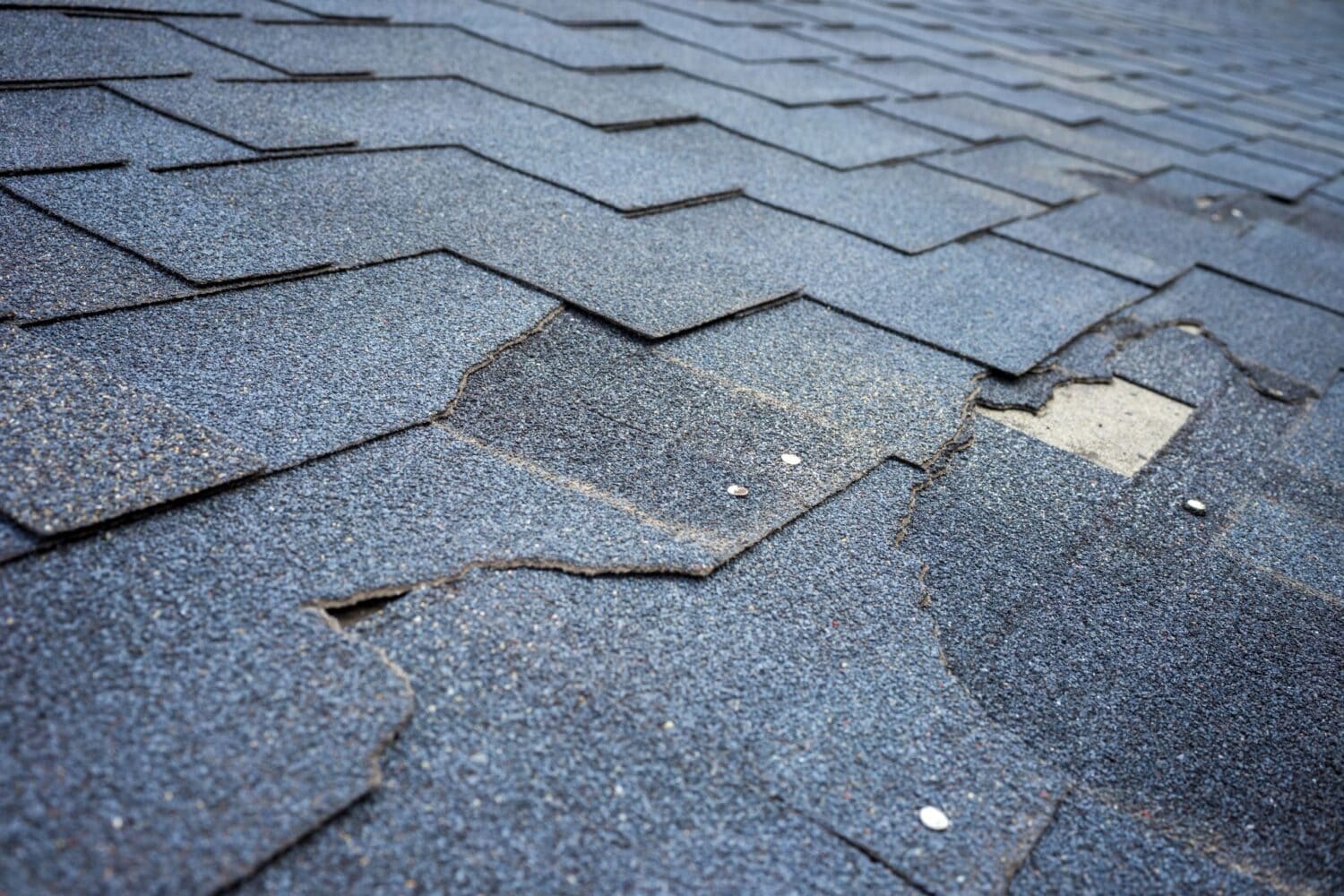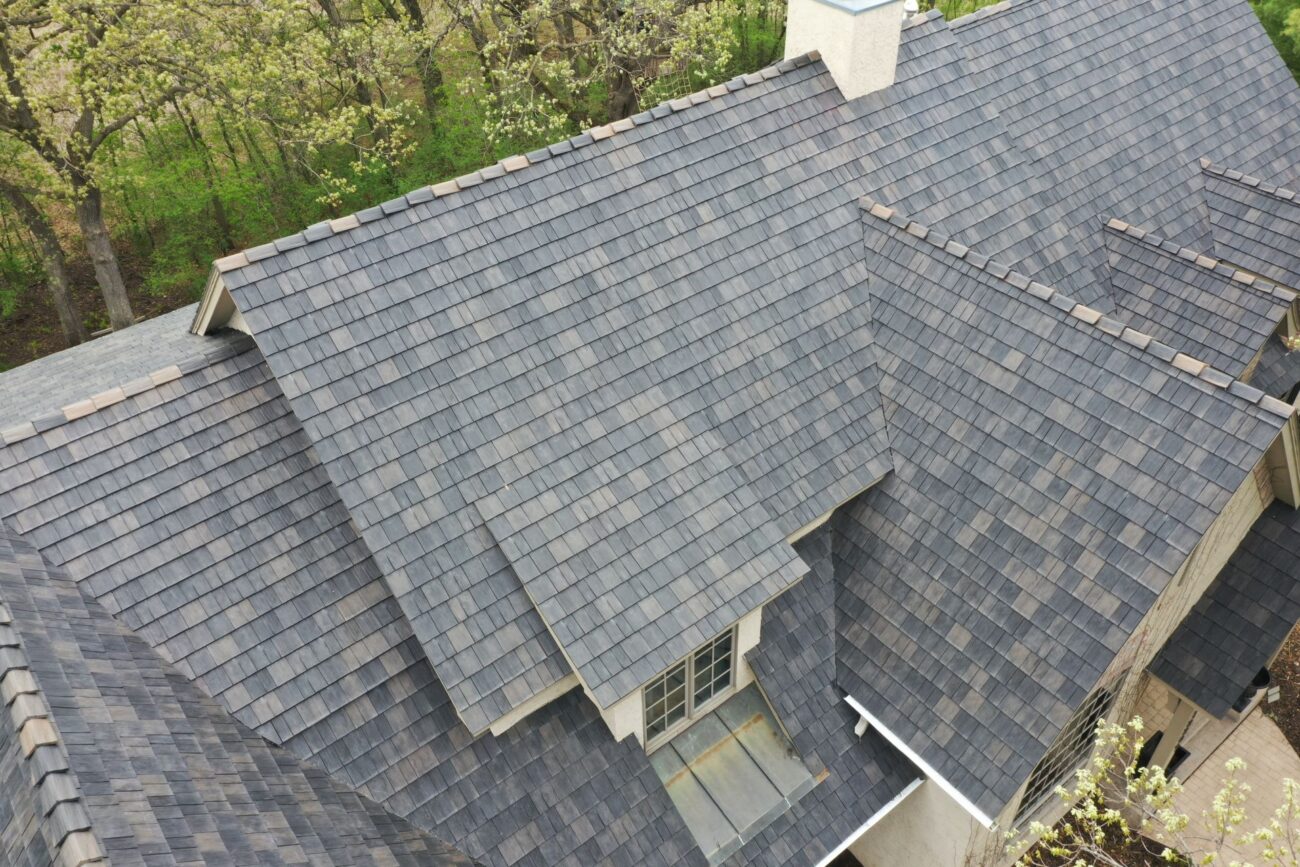The roof is one of the most important features of a building, both aesthetically and practically. Taking care of that roof, whether you are a homeowner, property manager, or property investor, makes sense not only in protecting your structure’s interior but also the long-term economics of managing your property.
Roof maintenance though is not only about shoring up leaks but also about preventing those leaks before they grow into costly repairs or untimely roof replacement. Roofs are built to last but without proper maintenance they will not last as long as they should. Let’s take a look at roof maintenance and how regular upkeep can save you money.
Why Routine Roof Inspections Are Worth the Investment
Homeowners, property managers, and investors often budget in a periodic roof replacement cost depending on the estimated lifespan of the installed roof but often forget to build in a roofing maintenance plan for regular upkeep. Investing in this plan, including an annual roof check, can save money throughout your roof’s lifespan and prolong that lifespan too.
Building in a routine professional roof inspection into the care of your property can help catch minor roof damage before it grows worse. Investing in a roof inspection just makes economic sense when you compare the average roof inspection cost with what a roof repair or replacement costs.
Investing in a routine, standard inspection, which will check the different components of your roof, including the flashing, drainage, and shingles, can also save you money by detecting problems early. The purpose is to find early signs of problems or damage that can be fixed more easily and cheaply than if left to become bigger and ultimately, more expensive.
This is especially important after a strong storm. Let’s say a storm removes or damages a section of shingles on your roof that may be causing a small leak in your attic. By getting an inspection you can detect the problem and have the leak repaired and the shingles replaced.
However, if the storm damage is neglected, the leak can grow causing further problems, such as water damage, mold growth, and structural decay.
The benefits of having a roofing maintenance plan in place, which includes an annual professional inspection, can help you catch problems early and extend your roof’s lifespan.
Not all roof types or materials are the same, however. A flat, ballasted commercial roof will require a different maintenance plan than a high-sloped residential roof with cedar shakes. Whether you are looking for commercial roofing services and a flat roof maintenance plan, or a residential plan for cedar shake maintenance or metal roof maintenance, it’s important to find a professional roofing company that can give you a tailored approach and customize a plan that will fit the specific maintenance needs of your roof.
The Financial Impact of Neglecting Your Roof
Neglecting your roof can lead to premature depreciation and undermine your roof’s integrity. The typical cost of roof repair after prolonged neglect can start to add up quickly. Looking at the roof replacement cost in Minneapolis being approximately between $25,000 to $45,000, preventing a roof from deteriorating before its time just makes economic sense.
For example, water damage repair will cost a lot less than neglecting the damage. Repairing a small leak or replacing damaged shingles carries an average cost between $500 to $1000.
While the costs of mold damage roof remediation or repairs for structural roof damage come with an average cost range between $3000 to $5000, not including a roof replacement, which will cost considerably more.
Roof neglect can also lead to voiding roof warranty protection or homeowner insurance claims, which can add up to large out of pocket expenses.
A neglected roof can also impact your home’s resale value as a sound roof with a history of routine inspection can be a big plus for would-be purchasers.
A well-maintained roof also leads to lower energy bills as it contributes to your roof being more energy efficient.
 Roof Maintenance Tips for Long-Term Savings
Roof Maintenance Tips for Long-Term Savings
Maintaining your roof with routine inspection and seasonal upkeep equals long-term savings. Some of the things on your seasonal checklist, such as clearing debris can fall under DIY roof maintenance while other things, such performing a thorough roof inspection, means calling a professional roofing contractor.
Routine maintenance is preventative roof maintenance that can extend your roof’s lifespan. Creating a basic annual maintenance calendar with a seasonal checklist can help you stay on track with these preventative measures.
For Residential Roofs
In the spring:
- Clean gutters and roof surface
- Trim trees of overhanging branches
- Inspect shingles, flashing, chimneys, and roof curbs
- Look for mold, attic leaks, and any winter damage
- Inspect insulation and ventilation
- Check for pests
- Examine your downspouts
In the fall:
- Inspect loose or missing shingles and roof valleys
- Clean gutters of leaves and debris
- Check flashing around protrusions
- Examine ventilation points and chimneys
- Check for inside leaks
- Schedule your professional roof inspection
For Commercial Roofing
In the spring and fall make sure to:
- Inspect the roof surface, gutters, and downspouts
- Examine flashing and seals around vents and skylights for penetrations or compromised seals
- Check for ponding water
- Look at the interior for signs of leaks or damage
- Inspect rooftops equipment, such as HVAC units
- Schedule your routine professional inspection
For flat commercial buildings, in the spring also concentrate on clearing debris and checking for any ice or snow damage from the winter and address any issues prior to summer.
In the summer, check for signs of damage caused by heat or storms.
In the fall, inspect the roof for proper drainage and clear away any built-up debris. Pay attention to any issues that may worsen with winter weather.
In the winter, remove ice and snow to prevent damage from excessive weight.
Bonus Financial Tip: Energy Savings and Tax Incentives
Roof maintenance services can also include upkeep that supports insulation, ventilation, and HVAC efficiency. This energy efficiency roof upkeep can save you even more money with lower heating and cooling costs.
In some areas, there can also be local tax credits or rebates available for roofing updates. You can check local government resources to see if this is available where you live.
Your Roof Maintenance Plan: Take the First Step
The first step in roof maintenance is to know how well your current roof is holding up. The best way to do that is to get a professional in to take a look at it. Summit Construction Group can provide you with a custom roof inspection plan so you not only see how your roof is doing but you also have a plan on how best to maintain it. Contact us to put the first step in roof maintenance into action.
Roof Maintenance FAQ:
1. How often should you get your roof inspected?
At least once a year.
2. What is the average cost of professional roof maintenance?
Varies based on roof size, complexity, and accessibility but averages between $200-$400.
Read More: Roof Replacement Cost in Minnesota: Breakdown of Expenses
3. Can minor roof damage lead to structural issues?
Yes, especially if neglected over time, can compromise your roof’s integrity and your home’s structure.
4. What’s included in a full roof inspection?
An examination of all roofing components, including shingles, flashing, gutters, vents, and chimneys, leading to the identification of any damage or issues and an overall look at the roof’s integrity.
5. Are there energy savings from regular roof upkeep?
Yes. A sound roof means it can do its job well, which includes proper insulation and ventilation, both of which are necessary for reducing heat loss or heat gain, leading to lower energy costs.
6. Does DIY maintenance void a roofing warranty?
Yes. It, of course, depends on your warranty, but for the majority of cases DIY roof maintenance is not recommended for keeping your warranty in good standing.
7. Is commercial roof maintenance more expensive?
It can be because of the size and specific construction of commercial roofs, but it will depend on your roofing material, the climate and weather in your location, and the age and condition of your roof.
8. What are signs you need emergency roof repairs?
Signs that should never be neglected are active leaks, water stains, a sagging roof structure, missing or damaged shingles, and visible mold.
9. Can neglected roofs affect property insurance?
Yes, this is another reason to stay on top of your roof maintenance. A neglected roof can cause considerable damage to a home and is considered a sizable risk for most insurance companies.
10. What materials require more frequent maintenance?
The roofing materials that usually require more frequent maintenance are asphalt shingles and cedar shakes.


